Semicolons look like half of a winky face 😉 To write a semicolon, stack a period “.” on top ofa comma, et voilà! The semicolon;
New English language learners: the semicolon is an objectively difficult symbol of grammar in English writing. People that have been writing and speaking English their entire lives, (including myself,) barring infancy of course, still struggle with the proper use of the notorious punctuation.
Don’t get discouraged. English grammar is tough, but it’s just a matter of practice and a commitment to truly learning a subject/topic. So, with that out of the way: what’s the point of a semicolon? What’s the purpose of the punctuation mark in writing, and how do they work?
Keep reading to find out!
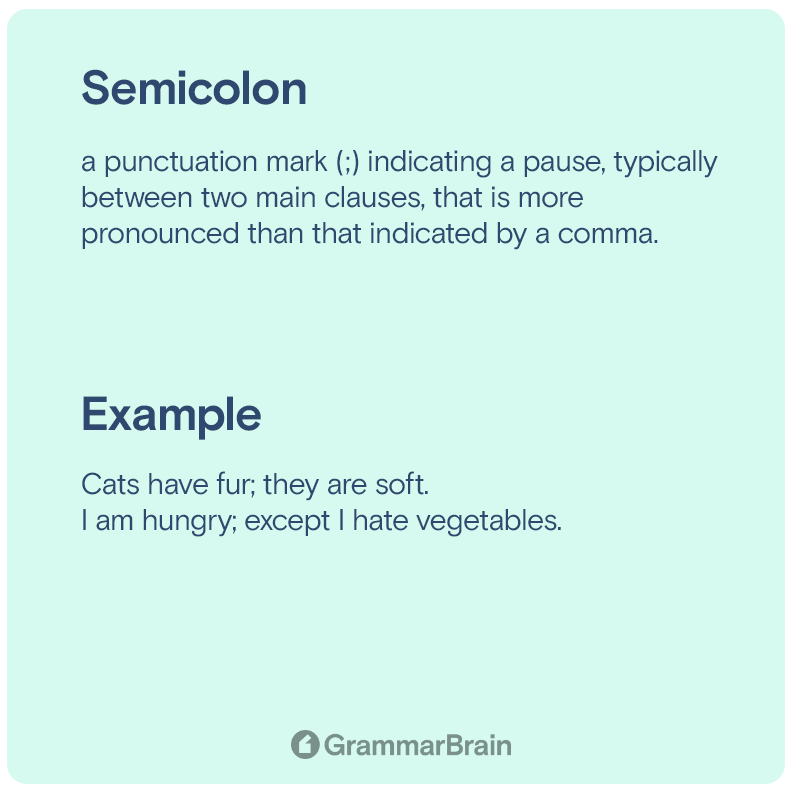
What’s a semicolon?
Semicolons ( ; ) act like a stronger comma, though they are not as strong as a period. A semicolon is used to join two independent clauses that express similar ideas or thoughts.
| Form | Definition |
| Semicolon (noun) /ˈsemēˌkōlən,ˈsemīˌkōlən/ | a punctuation mark (;) indicating a pause, typically between two main clauses, that is more pronounced than that indicated by a comma. |
What do semicolons do?
✔️ Answer
Semicolons ( ; ) connect two related independent clauses, and replaces the commas and coordinating conjunctions.
The answer above describes the function of a semicolon: what the punctuation mark accomplishes in writing, and its purpose. This is the first step to learn how to use a semicolon: being able to articulate or state what it does as a tool of punctuation.
The tricky thing about semicolons concerns mostly their proper application. Understanding their purpose, as mentioned, is necessary, but not sufficient.
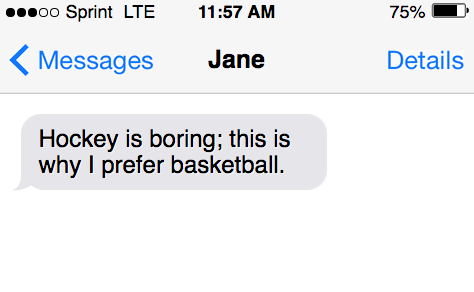
What a semicolon is not
Semicolons are different from colons, (colons are the two periods stacked on top of each other, like the eyes in a smiley-face : ) A colon is similar to the semicolon in that both can be used to join two related independent clause. With a colon, however, the second clause should elaborate or explain the sentence that precedes the colon.
Semicolons work different than a colon: semicolons join related sentences that contain two ideas or more. The second independent clause does not need to expand on the first with semicolons.
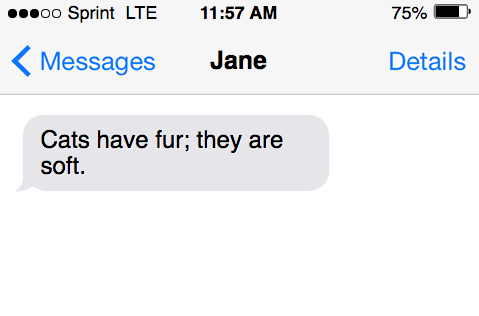
Four main ways to use a semicolon
To use semicolons for internal punctuation, there are conditions that must be present in the clauses already. In other words, a semicolon is not a tool to toss around casually in writing without care or thought.
The main job of the semicolon is to connect two closely related ideas, and emphasize the related-ness of the two separate sentences.
A second use of semicolons is to separate items and words in a complex list that contain commas. In this instance, semicolons help organize items in a list by clearly showing they are separated.
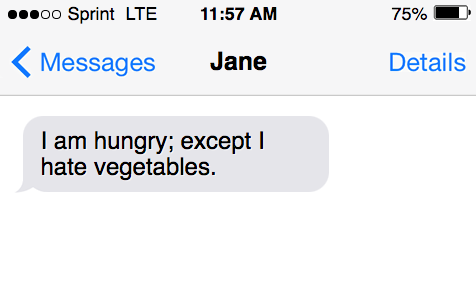
Separate items in a list
Example Michaela was keen to visit the following cities, and go to as many European countries and as possible, and her itinerary included France, Paris; Austria, Vienna; Italy, Rome; and Germany, Berlin.
Independent clauses joined by semicolons examples
Apart from separating items in a list, to better see how to use a semicolon to connect two sentences, see the examples using a semicolon:
Example Cats have fur; they are soft.
The above sentence is comprised of two complete sentences:
Example Cats have fur. They are soft.
It could be rewritten in these two independent clauses above. By reading the two sentences, see how semicolons give a small pause so the words are not read with the same harshness as a period or full stop would.
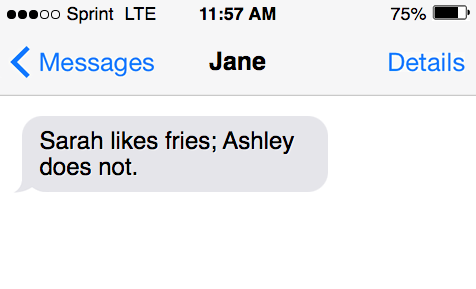
Besides having a softening or smoothening effect, the pause highlights a relationship between the two closely related independent clauses. Separated, as the two are in the second sentence, the reading sound stiff and blunt.
See how the semicolon is used
- Example Cats have fur; they are soft.
- Example Hockey is boring; this is why I prefer basketball.
- Example I am hungry; except I hate vegetables.
Besides rewriting the sentence as two independent clauses, it’s also possible to rewrite the sentence with commas and coordinating conjunctions instead. See the sentences that use a coordinating conjunction:
- Example Cats have fur, and they are soft.
- Example Hockey is boring, so I prefer basketball.
- Example I am hungry, but I hate vegetables.
The semicolon (;) pair with conjunctive adverbs. A conjunctive adverb is a word that links related sentences; technically, conjunctive adverbs are verbs, but they also work like transitional expressions which makes writing clearer and digestible.
The following are each transitional phrases and conjunctive adverbs:
- furthermore,
- accordingly
- moreover,
- similarly,
- also,
- hence,
- namely,
- still,
- anyway,
- however,
- next
- then
- consequently
A transitional phrase that is not a conjunctive adverb also pairs with a ; to connect two or more ideas in a sentence: after all, even so, in addition, on the other hand, for example, as a result, and in conclusion.
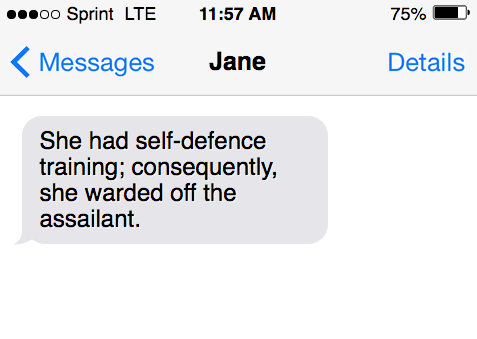
Example sentences using a semicolon
The following sentences illustrate the correct use of a semicolon in sentences:
- The upperclassmen are permitted off-campus lunch; the underclassmen must remain on campus.
- Sarah likes fries; Ashley does not.
- She had self-defense training; consequently, she warded off the assailant.
Back to the basics: What’s an independent clause?
Now we know that semicolons (or a super comma) joins two related ideas, and emphasizes the connection between the two clauses.
Here’s the thing: to use a semicolon correctly, it requires an understanding of a few other grammar concepts; namely, independent clauses and dependent clauses. We use semicolons to join clauses, so one must first understand the difference between these clauses to use a semicolon.
| Style Guide | Reference |
| APA Style Guide | To use a Semicolon: (see pages 155 and 156, Section 6.3 in the APA 7th edition manual) |
| Chicago Style Guide | Semicolons can bget used in place of commas when a series of items contains internal punctuation (6.60) |
Independent clauses and semicolons
As a quick grammar refresher, let’s go over the basics of an independent clause:
An independent clause is a complete sentence or complete thought.
Independent clauses stand alone as a simple sentence and contain both a subject and a verb. For example, I am hungry, is a single sentence that makes sense and expresses a complete thought or idea.
The subject of a sentence is the person or thing that is referred to in the statement or sentence. In this case, the subject in ‘I am hungry,’ is made obvious by the use of a first person pronoun, i.e., ‘I.’
The verb in the sentence is ‘am hungry.’ This is a complete sentence and can stand alone since it contains both a subject and a verb. If a complete sentence follows, ‘I am hungry,’ and is related to the first independent clause, a semicolon can be included (though it doesn’t have to be for the sentence to be correct).
The most common use of a semicolon is to link independent clauses; that said, omitting a semicolon and leaving the clauses as separate sentences is still grammatically correct, (it just may not read as smooth.) In situations where it’s not clear whether to use a semicolon or not, it’s best to avoid including it in a sentence where it may result in a grammatical error.
What’s a comma splice?
In English grammar, a comma splice or a comma fault occurs when commas are used to link two independent clauses together without the use of a conjunction.
Incorrect The clouds were dark, we thought it would rain.
Try to avoid comma splices in writing since they are not correct.
The origin of the semicolon
The first known use of a semicolon was at the hand of the Italian printer Aldus Manutius (not Dumbledore) in 1496. Subsequently, the poet and playwright Ben Johnson popularized the use of the semicolon, and was the first English writer to systematically use the punctuation mark.
More punctuation marks (all 26 marks)
| Symbol | Name | Example |
| . | Period | I got this at the fair. |
| ? | Question mark | How many trucks does he have? |
| ! | Exclamation point | Wow! You’re a great rider. |
| , | Comma | I like the movie, but the color grading is odd to me. |
| : | Colon | Here are some fun ideas for the party: trivia questions, shuffle board, and more. |
| ; | Semicolon | I’ll visit you once I’m done with work; that’s a promise. |
| – | Hyphen | I have double-life situations. |
| – | En dash | How long is a China-Russia fight? |
| — | Em dash | The dog—and I’m afraid of four-legged animals—was so adorable. |
| ( ) | Parentheses | His favorite team (Chicago Bulls) has a chance to win the title. |
| [ ] | Square brackets | The AP writer said “[head] of baseball operations was disappointed.” |
| { } | Curly brackets | The colors {orange, green, lilac, blue} are for the garage. |
| < > | Angle brackets | |
| “ ” | Quotation marks | Bryan called it a “great situation.” |
| ‘ | Apostrophe | Some of Susan’s clothes are missing. |
| / | Slash or Virgule | I’m ordering food/dessert/more. |
| … | Ellipses | According to the school the “president… was disappointed.” |
| * | Asterisk | *Data from The Economist |
| & | Ampersand | Tiffany & Co. |
| • | Bullet point | • Simple • Great • Awesome |
| # | Pound symbol | #1 selling |
| ~ | Tilde | Bryan owns ~10 pairs of shoes. |
| \ | Backslash | |
| @ | At symbol | [email protected] |
| ^ | Caret symbol | 3^3 = 27 |
| | | Pipe symbol |
The lesson, in review:
- Use a semicolon to connect related independent clauses.
- Sentences that are joined by a semicolon do not use a coordinating conjunction or comma.
- Semicolons are not used to connect an independent clause with dependent clauses.
- Semicolons help organize and arrange complex lists.
Glossary
- Semicolon
- Coordinating conjunction
- Independent clauses:
- Dependent clause
- Comma splice
Sources
Inside this article
Fact checked:
Content is rigorously reviewed by a team of qualified and experienced fact checkers. Fact checkers review articles for factual accuracy, relevance, and timeliness. Learn more.
Core lessons
Glossary
- Abstract Noun
- Accusative Case
- Anecdote
- Antonym
- Active Sentence
- Adverb
- Adjective
- Allegory
- Alliteration
- Adjective Clause
- Adjective Phrase
- Ampersand
- Anastrophe
- Adverbial Clause
- Appositive Phrase
- Clause
- Compound Adjective
- Complex Sentence
- Compound Words
- Compound Predicate
- Common Noun
- Comparative Adjective
- Comparative and Superlative
- Compound Noun
- Compound Subject
- Compound Sentence
- Copular Verb
- Collective Noun
- Colloquialism
- Conciseness
- Consonance
- Conditional
- Concrete Noun
- Conjunction
- Conjugation
- Conditional Sentence
- Comma Splice
- Correlative Conjunction
- Coordinating Conjunction
- Coordinate Adjective
- Cumulative Adjective
- Dative Case
- Determiner
- Declarative Sentence
- Declarative Statement
- Direct Object Pronoun
- Direct Object
- Diction
- Diphthong
- Dangling Modifier
- Demonstrative Pronoun
- Demonstrative Adjective
- Direct Characterization
- Definite Article
- Doublespeak
- False Dilemma Fallacy
- Future Perfect Progressive
- Future Simple
- Future Perfect Continuous
- Future Perfect
- First Conditional
- Irregular Adjective
- Irregular Verb
- Imperative Sentence
- Indefinite Article
- Intransitive Verb
- Introductory Phrase
- Indefinite Pronoun
- Indirect Characterization
- Interrogative Sentence
- Intensive Pronoun
- Inanimate Object
- Indefinite Tense
- Infinitive Phrase
- Interjection
- Intensifier
- Infinitive
- Indicative Mood
- Participle
- Parallelism
- Prepositional Phrase
- Past Simple Tense
- Past Continuous Tense
- Past Perfect Tense
- Past Progressive Tense
- Present Simple Tense
- Present Perfect Tense
- Personal Pronoun
- Personification
- Persuasive Writing
- Parallel Structure
- Phrasal Verb
- Predicate Adjective
- Predicate Nominative
- Phonetic Language
- Plural Noun
- Punctuation
- Punctuation Marks
- Preposition
- Preposition of Place
- Parts of Speech
- Possessive Adjective
- Possessive Determiner
- Possessive Case
- Possessive Noun
- Proper Adjective
- Proper Noun
- Present Participle
- Prefix
- Predicate



